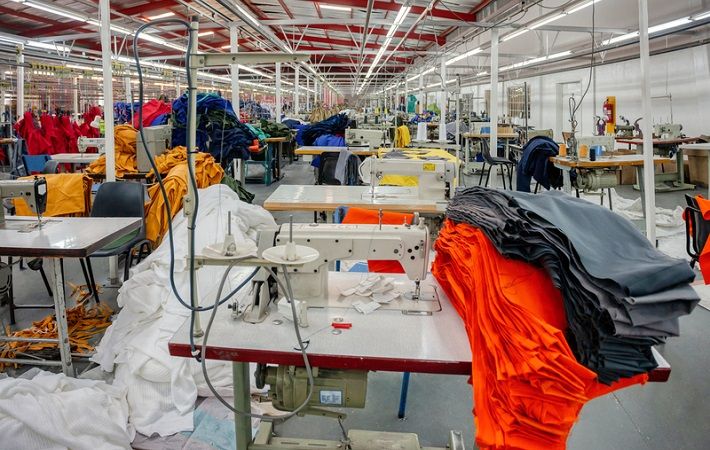Opportune moment for West Africa to rise in textile value chain

West Africa, one of the fastest growing regions in Africa, comprises 17 countries—Benin, Burkina Faso, Cape Verde, The Gambia, Ghana, Guinea, Guinea-Bissau, Ivory Coast, Liberia, Mali, Mauritania, Niger, Nigeria, Senegal, Sierra Leone, and Togo as well as Saint Helena, Ascension and Tristan da Cunha.
It is one of the largest cotton producing regions in the world with Benin, Ivory Coast and Burkina Faso respectively being the sixth-, seventh, and eighth-largest cotton growing countries. However, only two per cent of cotton grown here is locally turned into textiles, and the remaining is sent to other countries, with over 90 per cent making it to Asian countries for further processing.
Thus, the West African cotton-rich countries end up importing textiles at a value that is estimated to be over three times the value they get by exporting their cotton.
However, this could change if governments in these countries draw up plans to attract investment in the textile value chain and focus on improving transportation and logistics in their respective countries. This is especially so because the current external environment is conducive enough to give a boost to the domestic industry in these countries.
Firstly, the creation and coming into effect of AfCFTA has resulted in reduction of tariffs up to 90 per cent on goods traded within the area. With a common Customs Union, production can be distributed across countries, with each country seeking its own specialisation, thus complementing rather than competing each other for a greater share. With some planning and investment in textile-related machinery and infrastructure, AfCFTA can boost textile exports from the region.
Secondly, Ethiopia, which has a comparatively larger textile industry in Africa, is losing out as a beneficiary under the US African Growth and Opportunity Act (AGOA) trade programme with effect from January 1, 2022, over its failure to end a nearly year-long war in the Tigray region, leading to ‘gross violations’ of human rights. As a result, retailers/brands that are already sourcing from Ethiopia will look towards other countries—starting with countries in Africa—for their sourcing needs. West Africa can, given its availability of cotton, can pitch in as a substitute and stop orders (that were earlier placed in Ethiopia) going out of Africa. In 2020, Ethiopia exported $223.526 million of textile-apparel to the US, according to the Office of Textiles and Apparel (OTEXA), under the US department of commerce.
Thirdly, post-COVID, brands and retailers are re-structuring their supply chain. They are on the lookout for new destinations rather than depending on a single country for their sourcing needs. West African countries can present themselves as a suitable and sustainable alternative for global companies to source their fashion and apparel.
Fourthly, the growing cost of labour in Asian countries also provides a good environment for rise in textile-apparel industry in West Africa, where wages are comparatively still low.
But strengthening textile-apparel supply chain would mean having facilities for spinning cotton into yarn, then weaving it into fabric, followed by dyeing, printing and finally making finished garments. To this end, recently the Government of Togo and Arise Integrated Industrial Platforms have under a public-private partnership opened a textile park. The park, opened in June this year, is expected to utilise 56,000 tons of cotton to make apparel worth $1.5 billion.
Similarly, in the neighbouring Benin, construction work is on for setting up a textile park in Glo-Djigbe, which will house up to 30 apparel factories. Once functional, this park is expected to use around 100,000 tons of locally-produced cotton.
For improving transportation infrastructure too, a Nigerian company Kobo360 has now expanded its services to Burkina Faso, Ghana, Ivory Coast, Kenya, Togo and Uganda. Through its online platforms, the company aggregates end-to-end haulage operations to help cargo owners, truck owners, drivers, and cargo recipients to achieve an efficient supply chain framework.
Thus, West Africa has already taken a step towards moving from being a cotton supplier to becoming a clothing exporter. What is needed now is greater government support and increased foreign investment.
Fibre2Fashion News Desk (RKS)
































-Ltd..jpg?tr=w-120,h-60,c-at_max,cm-pad_resize,bg-ffffff)





.jpg?tr=w-120,h-60,c-at_max,cm-pad_resize,bg-ffffff)
.jpg?tr=w-120,h-60,c-at_max,cm-pad_resize,bg-ffffff)






